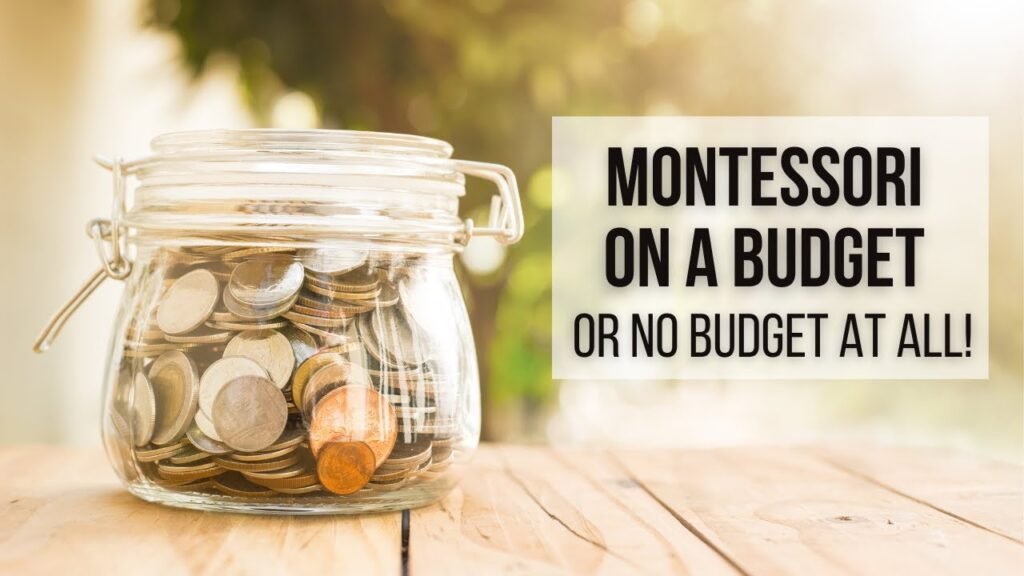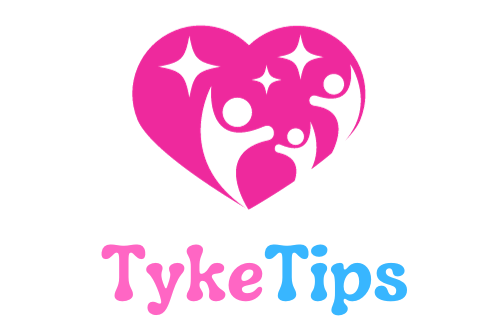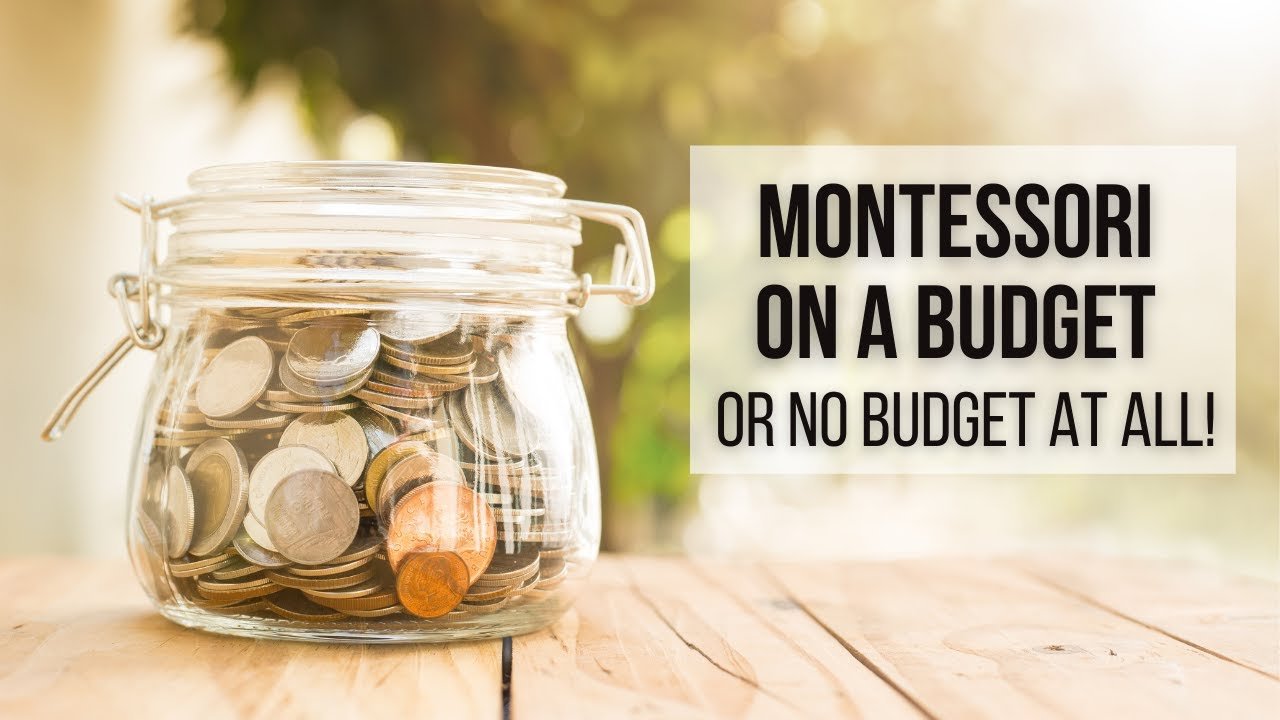Hey there! I’m Ashley, a mom of two little girls named Kylie and Mia. Today, let’s have a parent-to-parent chat about doing Montessori on a budget or even no budget at all. Montessori is not about the stuff, it’s about respecting your child and providing opportunities for independence and exploration. In this video, I’ll share practical tips on decluttering and DIY using materials you already have at home. We’ll also talk about offering limited choices to empower your child, involving them in practical life activities like chores and cooking, and using positive discipline and respectful parenting practices. Montessori can be done without breaking the bank, and I’ll show you how. So, let’s get started and create an authentic Montessori lifestyle at home with your children!

DIY videos on Montessori on a budget or with no budget
Montessori is often associated with beautiful toys and materials that can be quite expensive. However, it’s important to remember that Montessori is not about the stuff, but rather about respect for your child and providing opportunities for independence and exploration. With that in mind, it is absolutely possible to do Montessori on a budget or even no budget at all.
DIY Toys & Activities
One of the first steps to doing Montessori on a budget is to declutter and DIY using materials you already have at home. Dr. Montessori herself was a master DIYer, creating all of her materials from scratch when she started her first Children’s House in 1907. So, take a page from her book and get creative with what you have!
Instead of buying expensive toys, look for everyday items that can be repurposed into Montessori activities. For example, an egg carton can become a sorting and counting activity, while a milk jug can be turned into a pouring and transferring exercise. The possibilities are endless when you use your imagination.
If you’re looking for specific ideas and inspiration, there are plenty of DIY Montessori activity videos available online. These videos will guide you step by step on how to create engaging activities for your child using everyday materials. Not only will DIY activities save you money, but they will also provide your child with opportunities for independence and exploration.
DIY Materials
In addition to DIY toys and activities, you can also create your own Montessori materials. Again, think outside the box and use what you already have at home. For example, you can make sensorial materials using different textures, such as fabric scraps or household items like sponges and brushes. You can also create language materials using index cards and markers.
There are many tutorials available online that can guide you through the process of making your own Montessori materials. These tutorials will show you how to create materials like the pink tower, the knobbed cylinders, and the sandpaper letters. By making your own materials, you not only save money but also gain a deeper understanding of the materials and their purpose.
Cooking with Children
Cooking with children is a great way to incorporate Montessori principles into everyday activities. Not only does it provide practical life skills, but it also fosters independence and promotes a sense of accomplishment. Cooking allows children to be involved in the process from start to finish, from choosing the ingredients to serving the final dish.
You don’t need fancy equipment or expensive ingredients to cook with your child. Start with simple recipes that use basic ingredients you already have in your pantry. Let your child help with tasks like measuring, mixing, and pouring. Not only will they develop practical skills, but they will also learn about food preparation and healthy eating habits.
There are many resources available online that provide child-friendly recipes and tips for cooking with children. These resources will help you navigate the kitchen with your child and create memorable culinary experiences together.
Positive Discipline videos
Positive discipline is an essential aspect of Montessori education. It is based on the principles of respect, empathy, and collaboration. Positive discipline focuses on teaching children self-control and problem-solving skills rather than using punishment or rewards.
Positive Discipline (intro)
A good place to start when learning about positive discipline is with an introductory video. This video will provide an overview of the principles and strategies of positive discipline. It will explain the importance of building a strong parent-child relationship based on trust and mutual respect.
The introductory video will also touch on topics such as setting boundaries, using natural consequences, and encouraging independence. It will provide practical tips and examples that can be applied in everyday parenting situations.
Positive Discipline Examples & What To Do
Once you have a basic understanding of positive discipline, it’s helpful to watch videos that provide specific examples and strategies for different situations. These videos will show you how to respond to common challenges like tantrums, sibling conflicts, and defiance.
By watching these videos, you will gain insights into how to approach these situations with a positive discipline mindset. You will learn techniques such as active listening, problem-solving, and redirecting behavior. These strategies can be applied in various parenting contexts, from toddlers to teenagers.
Positive Discipline: Sibling Rivalry
One of the most common challenges in parenting is dealing with sibling rivalry. It can be frustrating and overwhelming for parents, but with a positive discipline approach, it can be managed effectively.
The video on positive discipline and sibling rivalry will provide guidance on fostering a positive sibling relationship. It will offer strategies for conflict resolution, teaching empathy, and promoting cooperation. By implementing these strategies, you can create a harmonious home environment where siblings can thrive.
Shop and recommended reading
While Montessori can be done on a budget or even no budget at all, there may be times when you want to invest in high-quality materials or resources. In this section, we will provide recommendations for Montessori shops and books that can enhance your Montessori journey.
Montessori shops offer a wide range of materials that are specifically designed to support Montessori principles. These materials are often handmade and made from natural materials. They can be a great addition to your child’s learning environment and provide them with engaging and developmentally appropriate activities.
When choosing a Montessori shop, look for one that aligns with your values and priorities. Consider factors such as sustainability, ethical production, and reasonable prices. Keep in mind that you don’t need to buy everything at once. Start with a few key materials and gradually expand your collection over time.
In addition to Montessori shops, there are also many books available on Montessori education. These books provide valuable insights into Montessori principles, practical tips for implementation, and guidance on supporting your child’s development. Some popular titles include “The Montessori Toddler” by Simone Davies and “Montessori from the Start” by Paula Polk Lillard.
Reading books about Montessori can deepen your understanding of the philosophy and help you incorporate Montessori principles into your daily life. They can also serve as a source of inspiration and guidance when faced with challenges or questions.
Instagram and business inquiries contact information
If you’re looking for more inspiration and information on Montessori on a budget, you can follow @hapafamilyvlog on Instagram. Ashley, a mom of two, shares her experiences and insights into doing Montessori on a budget. She provides practical tips, DIY ideas, and glimpses into her Montessori-inspired home.
For business inquiries or further contact information, you can reach out to Ashley at hapafamilyvlog@gmail.com. She is open to collaborations, partnerships, and sharing her expertise with others who are interested in Montessori on a budget.
Disclaimer: Video is not sponsored and opinions expressed are the creator’s own
It’s important to note that the video on Montessori on a budget is not sponsored, and the opinions expressed in the video are solely those of the creator. The creator shares her personal experiences and insights based on her own journey with Montessori education.
Some links in the description may be affiliate links
In the video description, you may find some affiliate links. These links provide a way for the creator to earn a small commission if you make a purchase through them. However, there is no additional charge to you, and the creator’s recommendations are genuine and based on her own experiences.
Montessori is not about the stuff, it is about respect for your child and providing opportunities for independence and exploration
Throughout this article, it is important to remember that Montessori is not about the stuff. While beautiful materials and toys can enhance the learning environment, they are not essential to the Montessori philosophy. At its core, Montessori is about respect for your child and providing opportunities for independence and exploration.
By focusing on these principles, you can create a Montessori-inspired environment in your home without breaking the bank. Whether you’re decluttering and DIYing with materials you already have or investing in high-quality materials, the goal remains the same – to support your child’s development and foster a love for learning.
Montessori can be done on a budget or even no budget at all. It’s all about being creative, resourceful, and following the principles of respect and independence. With a little bit of effort and a lot of love, you can create a Montessori-inspired home that nurtures your child’s natural curiosity and instills a lifelong love of learning.

